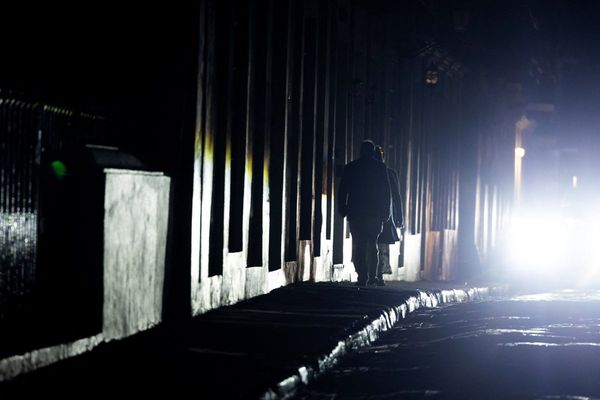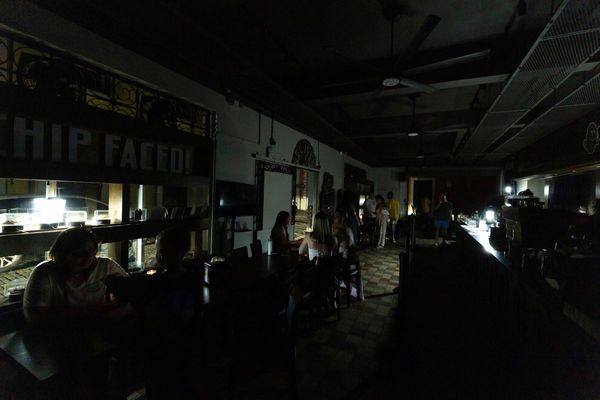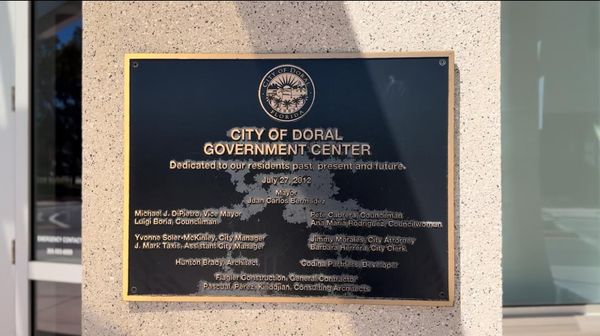
The numerous crashes endured by Williams in the 2024 Formula 1 season brought about “a small amount of pain” but will have no “systemic effect” on the outfit going forward, team boss James Vowles has said.
The Grove-based squad suffered a spate of accidents throughout the latest campaign involving all three of its drivers – Alex Albon, Logan Sargeant and the American’s late-season replacement Franco Colapinto.
Williams decided to withdraw Sargeant from the Australian Grand Prix, handing his car to Albon after the latter terminally damaged his own in an FP1 off. Shunts became a regular occurrence over the season, to the extent that Colapinto had to complete the year with older-specification parts after the Argentine crashed out of the Las Vegas qualifying session.
In the current budget cap era, the accidents cost the team millions of euro and forced it to spend more resources on producing 2024 parts. However, as Williams launched its new FW47 challenger for 2025, Vowles claimed the pain from those incidents was “not noticeable so far”.
“There will be a small amount of pain, but that is just the facts behind it – you cannot have over 20 crashes in 24 races, you cannot have that without some sort of damage felt,” the Briton admitted. “The best way I can summarise it is I don’t think we’ll have a systemic effect on how we’re adjusting to it.”

Albon concurred: “Honestly, I wouldn’t say last year’s [crashes] played an impact in the development of this year’s car.”
Having come ninth last season, Williams is openly treating 2025 as a transitional year anyway, aiming at making the most of F1’s new technical regulations from 2026 onwards.
“We’re still focused very much on ‘26,” Albon said. “We changed the car a lot from ’23 to ’24, and I think you saw the changes – it took a toll.
"Not just in terms of being late for car building and testing last year, but also the balance of the car changed quite drastically.
“A lot of things improved; we figured there were some weaknesses that we had. This year, now that we understand the changes we made between ’23 and ’24, how do we apply that to this year, and is the direction that we’re now going in finally the right direction for ’26?”

As far as short-term goals are concerned, there is optimism in the Williams camp that the new FW47 represents a decent step forward, but Albon is wary that it may not necessarily translate into a move up the pecking order in 2025.
“What I’ve realised year to year, especially with the regulation changes, is that each team, especially the midfield teams, they’re improving so much,” the Thai-Briton said. “You think you’ve done a really good step – and you have – but all the midfield teams have done it as well, if not even more.
“The one thing that you can tell from Bahrain testing is just immediately, I think within the first 15-20 laps of driving, the car’s feeling going in the right direction or not.”
Pre-season testing will get under way at Sakhir on 26 February with the only three days of official running before the season-opening Australian Grand Prix, which will deliver a first verdict on whether Williams has made some hoped-for progress.
Additional reporting by Alex Kalinauckas and Mark Mann-Bryans







